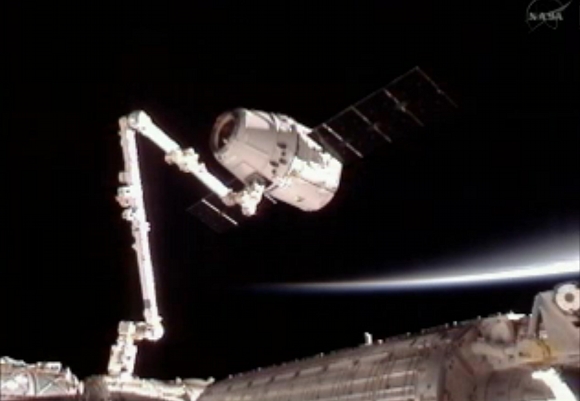As we all know, Star Trek‘s faster-than-light warp engines were mere plot devices, not actual ones. There’s no way to travel faster than light, so even our great-grandkids won’t be tripping off to distant (or even nearby) star systems. But wait … NASA’s Harold White looks poised to become the latest hero of the “we wanna go faster than light” brigade:
A top NASA boffin has outlined ongoing lab experiments at the space agency aimed at first steps towards the building of a warp-drive spacecraft theoretically capable of travelling at 10 times the speed of light.
The latest developments at the “Eagleworks” super-advanced space drive lab at NASA’s Johnson Space Center were outlined by NASA physicist Harold White at a conference on Friday. The Eagleworks lab was set up at the end of last year to look into such concepts as the Quantum Vacuum Plasma Thruster and also so-called “warp drives” along the lines proposed by Mexican physicist Miguel Alcubierre in the 1990s.
[. . .]
Unfortunately, subsequent investigation appeared to show that while the warp drive might work it would be unfeasibly power hungry: it would require a minimum amount of energy equivalent to completely annihilating the mass of the planet Jupiter.
However White and his NASA Eagleworks colleagues say that’s not necessarily so: it’s all down to the shape of the ring. An improved doughnut design, as opposed to a flat ring, would get the requirement down to something more like just annihilating the Voyager One probe craft.
Voyager masses in the region of 800kg, so by our calculations one would still need a lump of antimatter (or other reasonably compact super power source) which — if it were mishandled — would explode with a force of some 17,000 megatons, equivalent to several global nuclear wars all in one (or 600-odd Tunguska meteor strikes etc). This would inconveniently take humanity’s current atom labs billions of years to make, and there would be other practical issues (see our previous antimatter-bomb analysis here, and then there’d be the exoto-doughnut to fabricate etc).




